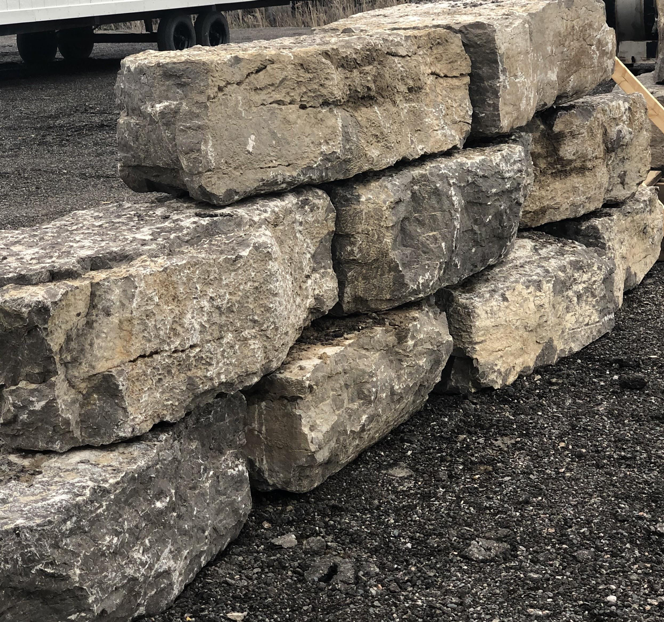Step-by-Step Guide: Removing an Oil Tank from Your Home Safely and Efficiently
- Danosh Construction
- Nov 21, 2022
- 3 min read
Updated: Mar 28, 2024
The installation and removal of heating oil tanks in residential homes, within Ontario, is regulated by the Canadian Environmental Protection Act 1999 (CEPA) and the Technical Standards and Safety Act, 2000. And failure to follow proper procedures could result in fines or complications when it comes in insuring, selling, or buying a home.
To avoid unnecessary risks, it is prudent to determine whether your home has, or had, a heating oil tank, and if it is required to be decommissioned and removed.

Determining if a heating oil tank is, or was previously, present in the home can usually be done by the following;
locating filler or vent pipes on the outside of your home leading into a basement or electrical room
locating copper lines leading to or from an oil furnace
locating a tank present on the property
The location, size, and direction of any lines found would determine if an aboveground tank is or was present on site, or if further investigation needs to be done to expose an underground fuel storage tank (UFST)
Determining if a heating oil tank needs to be removed is as simple as determining if the tank is still in use, has or had a leak, or is past it's life cycle. If a tank is present, but no longer in use, it is required to be capped out of service. If a tank shows any sign of leaking (past or present), it is REQUIRED to be inspected and/or removed. And if a tank is past its life cycle a fuel provider may refuse to fill it, or your home insurance company may require its removal to provide coverage for your home.
The removal process of an aboveground fuel storage tank (AFST) from within a home should ONLY be completed by a TSSA licensed technician. Qualified contractors have a TSSA license number and certificate they can provide when requested;
There are multiple levels of Petroleum Mechanic licenses, to be sure of which license your contractor should carry, below is a quick summarization of each level's approvals;
PMH - Helper, licensed with the knowledge of the Liquid Fuel Industry Safety and TSSA act, and able to assist with any work under a PM1, PM2, or PM3 PM1 - Pumps and Dispensers maintenance and installation, including tank monitoring systems PM2 - Installation and removal of Underground Fuel Storage Tanks (UFST) PM3 - Installation and removal of Aboveground Fuel Storage Tanks (AST)
Upon completion of a tank removal, TSSA licensed contractors are required to complete and inspection and provide a report of their findings to both the homeowner and TSSA for their files. The TSSA will provide a final sign off once the report is submitted.

Steps Involved in Removing an AST
Place drop sheets and tarps to insure safety to your home if needed
Remove all existing oil from tank. Oil is pumped into our truck and safely disposed
Remove all indoor/exterior piping to guarantee oil CAN NEVER be delivered again
Patch up the exterior and interior walls where pipes existed
Safely remove the tank out of your home
Perform a visual inspection of the tank location, to ensure no leaks were noted
Ensure the area is clean and tidy before we leave
Leave the home with a certificate stating the home has had the tank safely removed
Our licensed technicians are more than happy to answer any questions that are not addressed above. Call us any time at (905)473-6883




Comments